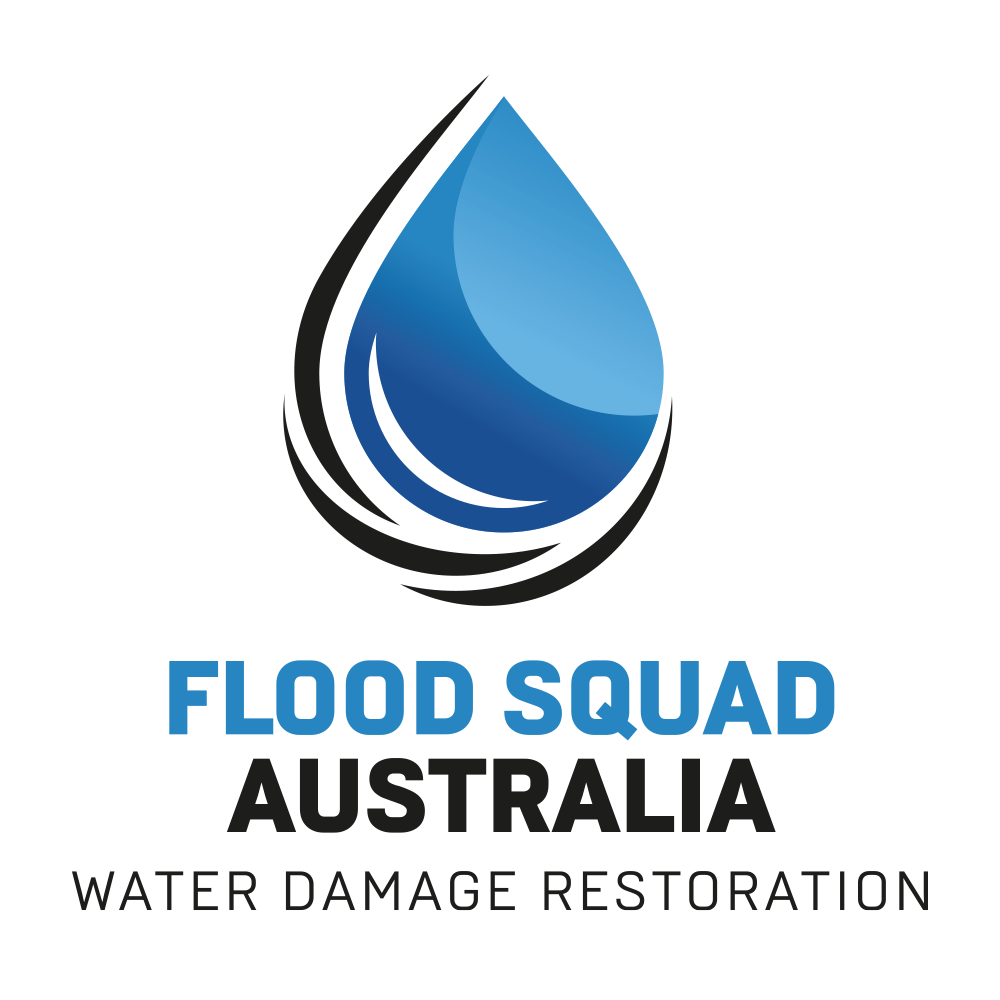A flooded carpet can be a homeowner’s nightmare. It’s not just about the mess, but the potential long-term damage.
This damage can include mold growth, structural damage, and unpleasant odors. Immediate action is crucial to mitigate these issues.
But where do you start? What are the best practices for flooded carpet cleaning?
This guide will provide you with top tips for handling this emergency. From water extraction to drying and disinfecting, we’ve got you covered.
Whether you’re a homeowner, renter, or property manager, these tips will help you restore your carpet to a safe and healthy condition. Let’s dive into this world of carpet cleaning.
Immediate Response: The First Steps to Take
When dealing with a flooded carpet, quick action is essential. Swiftly handling the situation can minimise long-term damage and save you time and money.
First, identify the source of the flooding, such as a burst pipe or heavy rain. Immediately stop the water source to prevent further inundation.
Next, ensure safety by turning off electricity in affected areas to avoid hazards. Safety gear like gloves and boots is a must to protect against contaminants.
Remove all furniture and belongings from the wet area. This not only prevents staining but also aids in faster cleaning and drying.
Once the area is clear, initiate water extraction using a wet vacuum. This step helps remove as much moisture as possible.
Here’s a quick checklist to start with:
- Locate and stop the water source
- Turn off electricity
- Wear protective gear
- Remove furniture
- Begin water extraction
By following these initial steps, you’re setting the foundation for successful carpet cleaning.
Safety Precautions Before You Start
Safety is paramount when cleaning a flooded carpet. Always begin by turning off power to prevent electrical shocks. This step is crucial in waterlogged environments.
Next, wear protective gear such as gloves, masks, and boots. These items protect against contaminants present in floodwater, keeping you safe from potential health risks.
Ensure the room is well-ventilated during the cleaning process. Proper ventilation reduces the likelihood of mold growth and improves air quality, making the environment safer for work. Prioritising safety measures prevents additional hazards and ensures a smooth cleaning process.
Identifying the Source and Stopping the Flood
Pinpointing the flood source is critical. Whether it’s a burst pipe or a leaky roof, identifying the issue helps prevent further damage.
Once you’ve found the source, act swiftly to stop the flow. This might involve turning off water valves or repairing the leakage point temporarily.
Sealing off the affected area can also be useful. By containing the flood, you minimise the spread of water, protecting other parts of your home from damage.
Water Extraction: Tools and Techniques
Once the flood source is controlled, focus on water extraction. The quicker you remove water, the less damage your carpet will sustain.
Start with a wet vacuum to extract as much water as possible. This tool is essential in any water damaged carpet cleaning scenario and ideal for emergency carpet cleaning situations.
If you don’t have a wet vacuum, consider renting one. Ensure it’s specifically designed for water removal and not a regular vacuum cleaner.
For effective water extraction, follow these steps:
- Rent or purchase a powerful wet vacuum.
- Begin at the carpet’s perimeter, working inward.
- Overlap your paths to ensure no area is missed.
Remember, thorough extraction sets the stage for efficient drying. Even minor traces of moisture can lead to mold and mildew. Be meticulous and patient as you work to salvage your carpet from water damage.
Drying Your Carpet: Best Practices
After extracting water, the focus shifts to drying the carpet thoroughly. Proper drying is critical in preventing mold and bad smells.
Position fans strategically to promote airflow across the carpet surface. This action aids in speeding up the drying process substantially.
Opening windows can help, as long as the weather isn’t too humid. Natural ventilation can significantly assist in drying out the carpet fibers.
Dehumidifiers are valuable tools for drawing moisture out of the air. They help to prevent further water damage and make the environment less favorable for mold.
Here are some best practices for drying your carpet:
- Use multiple fans if possible to increase airflow.
- Keep windows open to facilitate fresh air circulation.
- Run a dehumidifier continuously until the carpet is dry.
Remember that drying can take several days, so patience and persistence are key. Regularly check the carpet to ensure it’s drying correctly without any new issues arising.
Assessing Carpet Damage and Salvageability
Before deciding on cleaning, evaluate the extent of the damage. Check if the carpet is salvageable or needs replacement.
Examine the type of water exposure. Clean water poses fewer risks than gray or black water, which might require discarding the carpet.
Consider also the material and age of the carpet. Some carpets might not withstand thorough cleaning after severe water exposure. If the carpet is beyond repair, removing and disposing of it may be the safest option for maintaining a healthy environment.
Cleaning and Disinfecting: Ensuring a Healthy Environment
Once you’ve determined the carpet is salvageable, focus on cleaning and disinfecting it thoroughly. Start by choosing the right cleaners. Aim for solutions that can effectively remove contaminants and odors.
It’s vital to use products safe for your carpet fibers. Test them on a hidden area first. This precaution helps prevent unintended damage and ensures the cleaner works as expected.
Consider steam cleaning for deeper sanitation. This method helps eliminate lingering bacteria. Pay special attention to high-traffic areas. Proper sanitisation will enhance indoor air quality and create a healthier living space.
When to Call in the Professionals
In some situations, professional carpet cleaning services are necessary. Extensive water damage from sewage backup or substantial flooding often requires expert intervention. Professional cleaners have specialised equipment and expertise to handle severe cases efficiently.
Severe contamination, such as exposure to black water, poses significant health risks. In these instances, professionals can provide comprehensive solutions, ensuring safe and effective cleaning. Don’t hesitate to seek help if the situation is beyond your expertise.
Preventing Future Water Damage to Carpets
Taking steps to prevent future water damage can save time and money. Implementing preventive measures is crucial for maintaining your carpets. Begin by assessing your home’s susceptibility to flooding.
Consider these preventive strategies:
- Ensure proper landscaping and drainage to direct water away from your home.
- Regularly inspect your sump pump and other flood prevention devices for functionality.
- Install water alarms to detect leaks early before significant damage occurs.
Understanding your surroundings and taking necessary precautions can significantly reduce flooding risk. It is important to remain vigilant and proactive in preventing water damage. Maintaining a clean and dry environment will safeguard your carpets for the long term.
Conclusion: The Importance of Timely and Thorough Carpet Cleaning
Acting swiftly and cleaning thoroughly can prevent permanent damage from a flooded carpet. Quick action helps avoid mold and health risks. Thorough cleaning ensures a safe, healthy living space. By following proper steps, your carpets can be restored, minimising long-term impacts and extending their lifespan.


